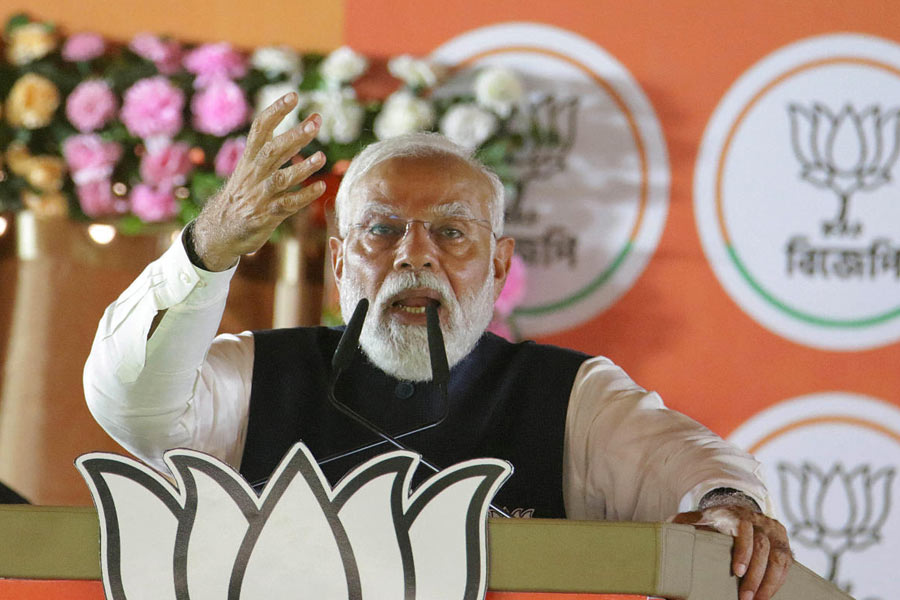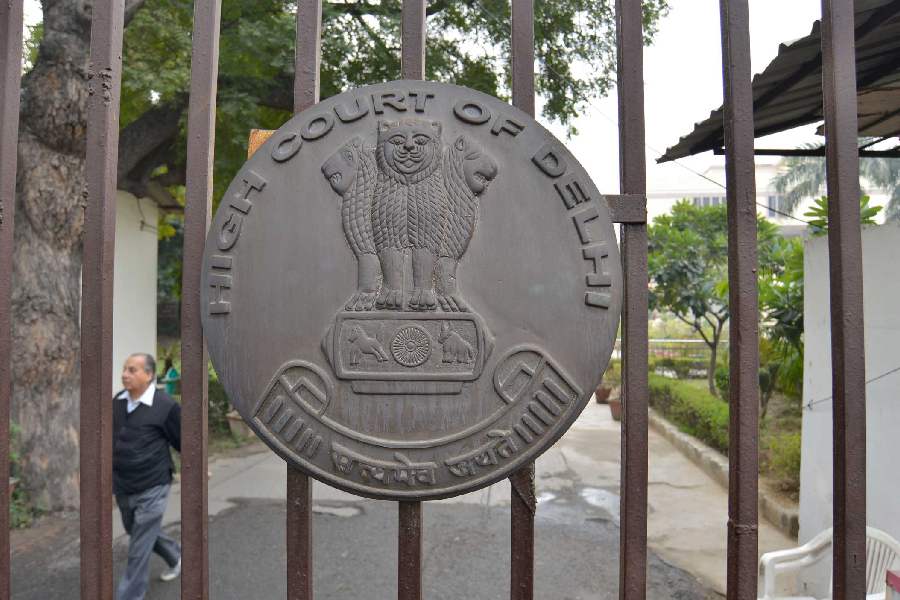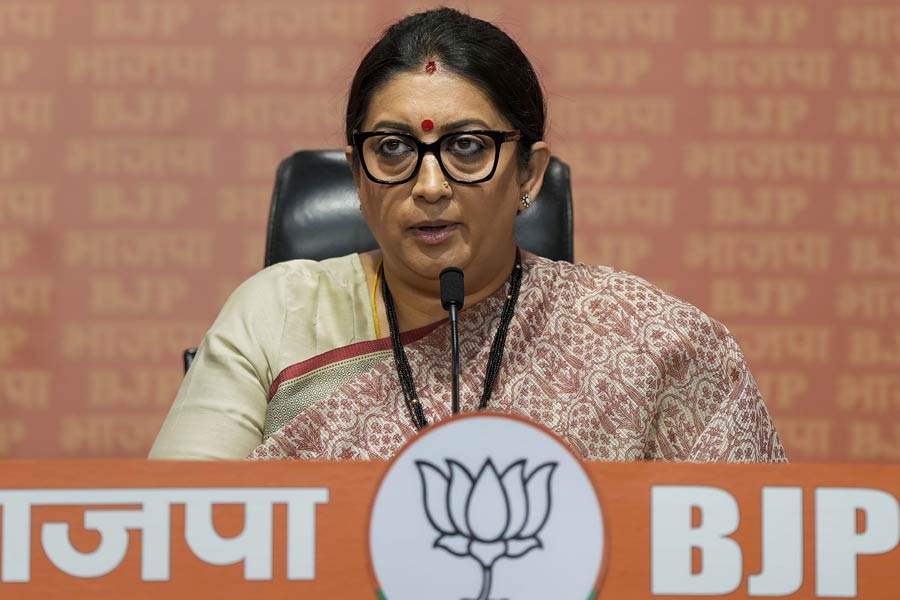Jennifer: One Woman, Two Continents and a Truth Called Child Trafficking; Rupa Publication; Rs 295
One is increasingly reminded of Shobha Rao’s Girls Burn Brighter while reading Nandita Puri’s 2020 release Jennifer: One Woman, Two Continents and a Truth Called Child Trafficking, only in the latter, the story is not a painful piece of fiction and instead is someone’s lived reality. A reality so harsh and convoluted that one becomes more and more aware of their personal privilege with each turn of a page. Puri is an ex-journalist who was thrust into penning the story of Jennifer, an Indian by birth who was taken to America on the pretext of an adoption that led to a life of strife. The story begins when Jennifer is being deported back to India, a place that is “just a name on a map” for her as she realises that in the course of travelling from one foster home to another and marrying a US citizen, she never really managed to become a US citizen.
Diving deep into the underbelly of dubious NGOs and adoption processes that lead straight to abuse, Jennifer ‘Pinky’ Haynes was all of eight years old when she landed on American soil. After a decades-long struggle through over 50 foster homes and a hedonistic lifestyle of drugs and petty crime, Jennifer is further tricked into signing a paper that turns out to be documents for deportation. The girl who’s had to fight for two decades to build a bare minimum of a life in the USA is sent off to India in a 48-hour-long turn of events and she leaves her country without having met her husband and two kids. What this initiates is a journey again from the very bottom where a clueless Jennifer is stranded without a penny or contacts.
The twists in Jennifer’s life are worthy of a film as she tries to reconnect with her birth-parents and unearth the truth behind her adoption. At times heart-wrenching, the ex-journalist turned author sprinkles the book generously with facts, numbers and figures making it an even more compelling read. Insightful yet simple, it is Jennifer’s story that is the hero of the book and a must-read for those curious and strong at heart.
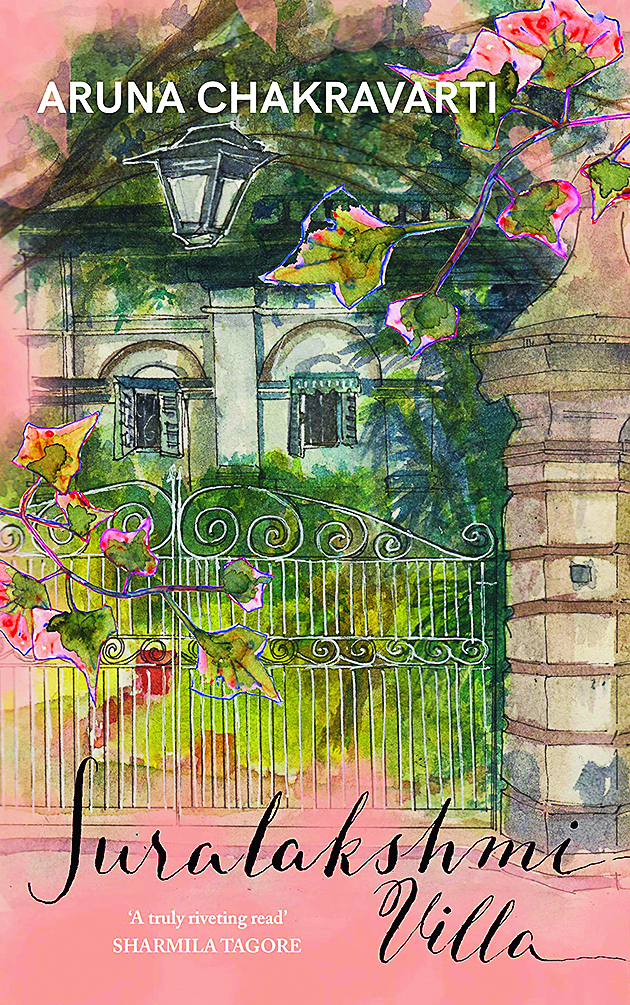
Suralakshmi Villa; Picador India; Rs 650 Book cover
Suralakshmi Villa; Picador India; Rs 650
There is a calm rebellion in every page of Suralakshmi Villa by Aruna Chakravarti — be it the feminist stance taken in 1956 or a language that vaguely smells of poetry or the simple act of being a tale so different and refreshing that one has to stop and take notice.
Suralakshmi Choudhury was one of the best gynaecologists in Delhi, who got married to a man 18 years her senior at the ripe age of 31. However, it is when she leaves her young son, loving husband and a flourishing career to move to a village in Bengal with a 12-year-old adopted Muslim girl, is when the last question mark to her personality is added. The mystery of her sudden departure is slowly unravelled through letters, incidents and failing memories, and a character of immense strength and poise is revealed.
The fact that the author is Bengali is strongly felt in every paragraph of the book — be it the attention to emotional details or the glorification of what belonging to this state feels like. The text is rich in folklore, history and legends but what is commendable is their seamless merging in the text that stands out. Her intense research helps her form a narrative so rich in language, religious and cultural context of various origins that the text feels alive. Keeping the readers on their toes with a mystery that unravels like a slowly falling bale of wool, as it goes about building Suralakshmi’s character. This book feels like a journey from the streets of Karol Bagh to Maldah to Kurseong to Calcutta, with each portion being narrated by different characters, adding a sense of diversity to the novel, while throwing light upon little character traits that define the course of our life’s journey.
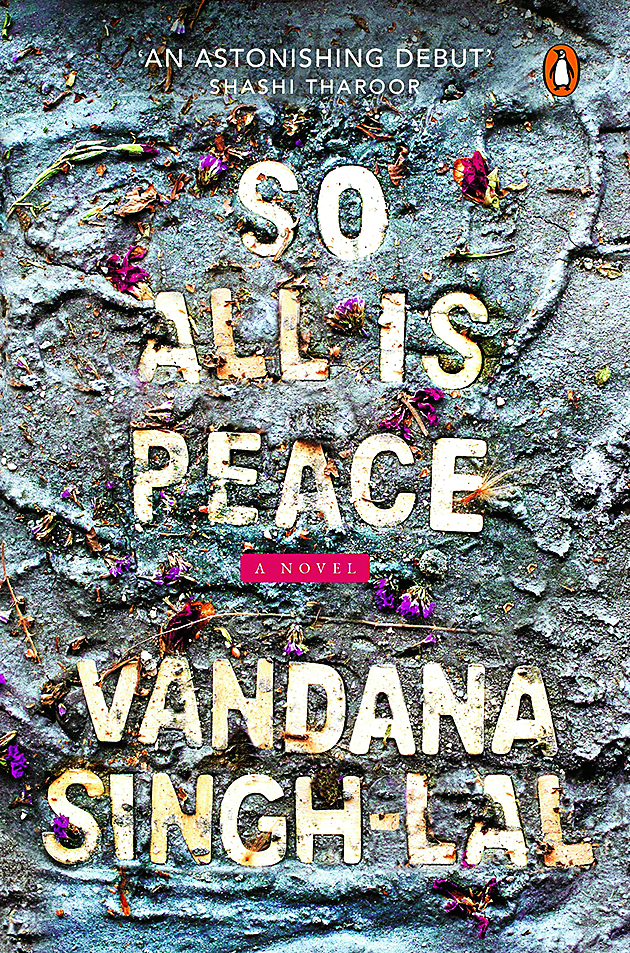
So All Is Peace; Penguin India; Rs 499 Book cover
So All Is Peace; Penguin India; Rs 499
The synopsis at the back of debutant Vandana Singh Lal’s So All Is Peace is so unsettling that it takes one a moment to decide to pick up the book. Two sisters, Tanya and Layla, belonging to an affluent part of town are found starving in their apartments with one sister being almost dead and the other refusing to speak. The bizarre tale of the beautiful, supposedly affluent sisters who met this predicament catches media attention and a certain Raman is entrusted with unearthing the story because of Tanya’s willingness to speak to him. What begins thereupon is a social commentary on things born of patriarchy in our society, in a language so fluid and ornamental that it strays far from falling into the trap of didacticism.
Everything that Lal talks about feels familiar — patriarchy, class distinction and the crippling sense of claustrophobia that follows women around at a subconscious level at every point of time in life. However, one perhaps could do with a little less of the flowery language used to describe despair that is felt so universally. However, that in no way takes away from the stellar debut that is So All Is Peace, which breaks down our perception of socially conventional idea of beauty and privilege by putting a voice to someone who seems to have been given both in abundance and still has society failing her.


